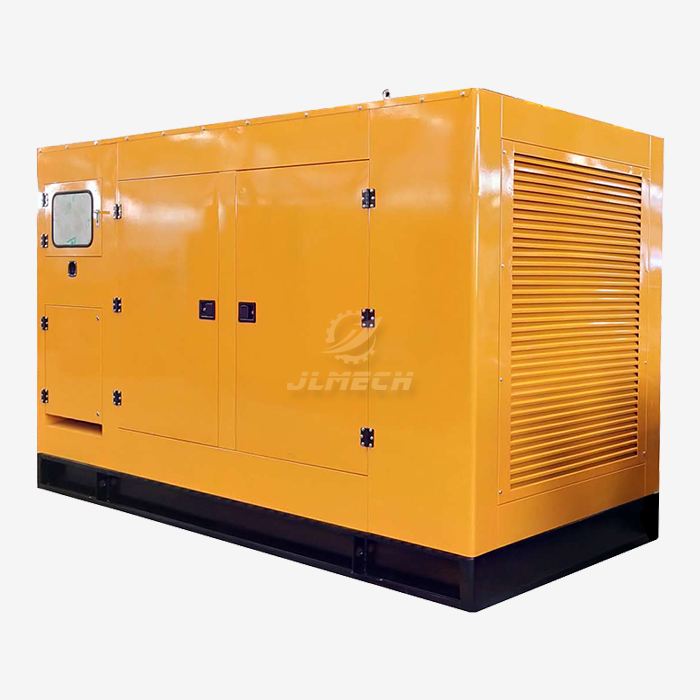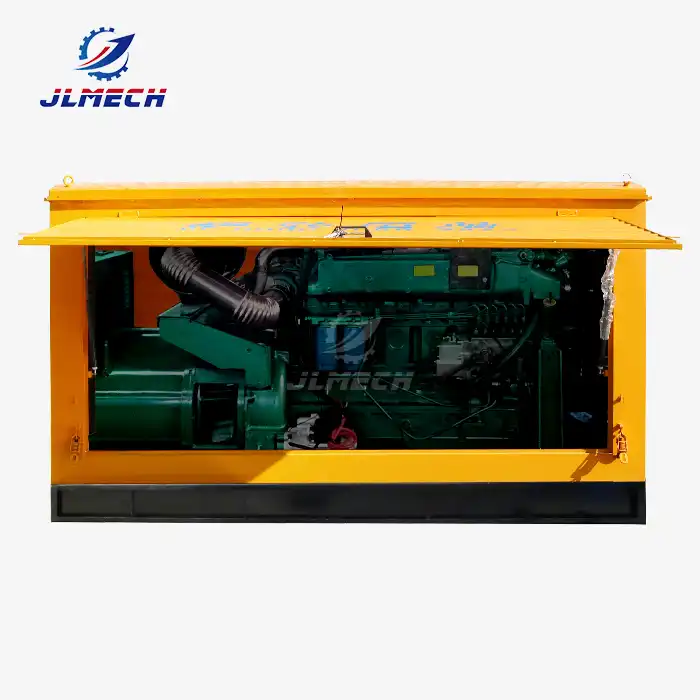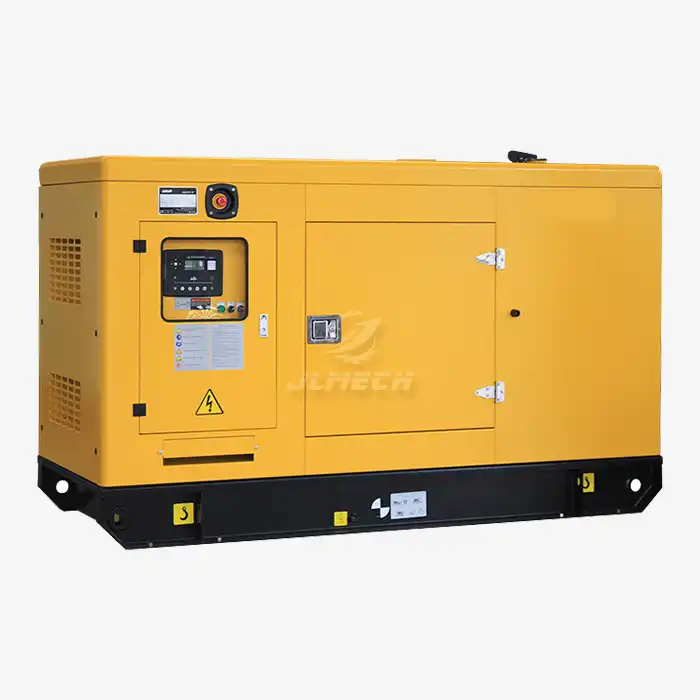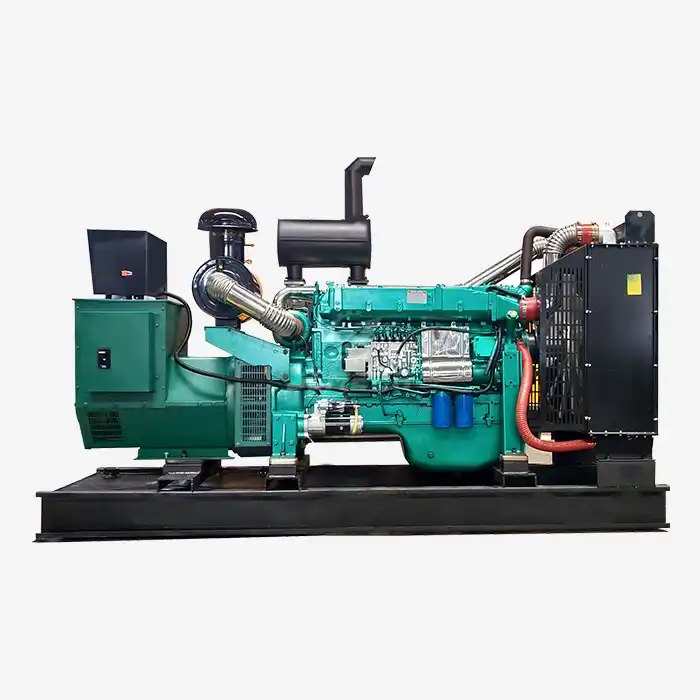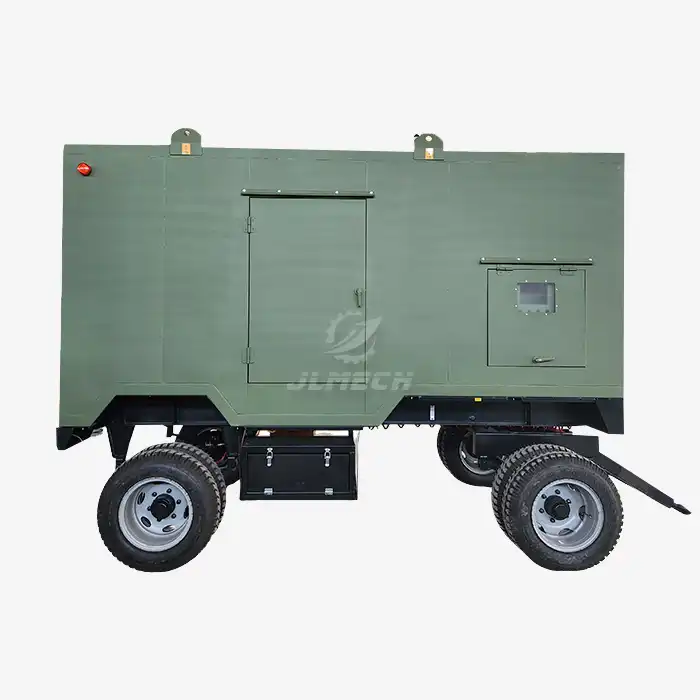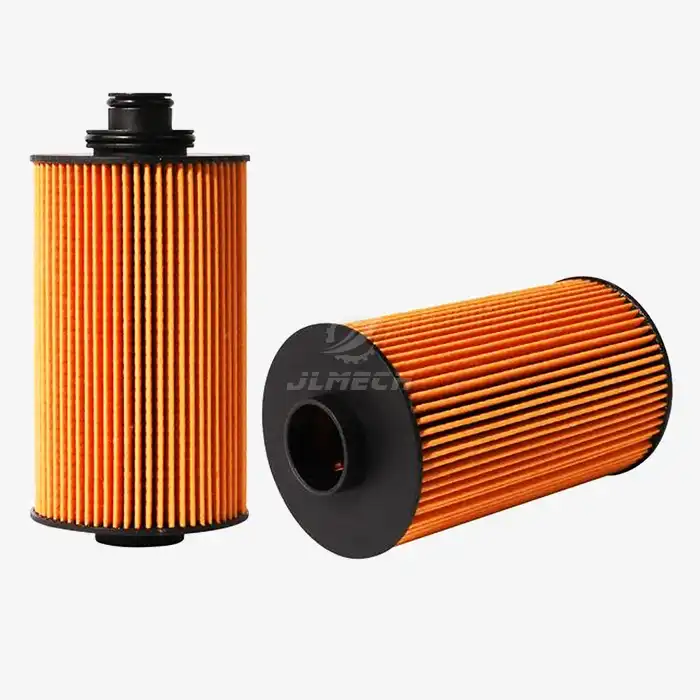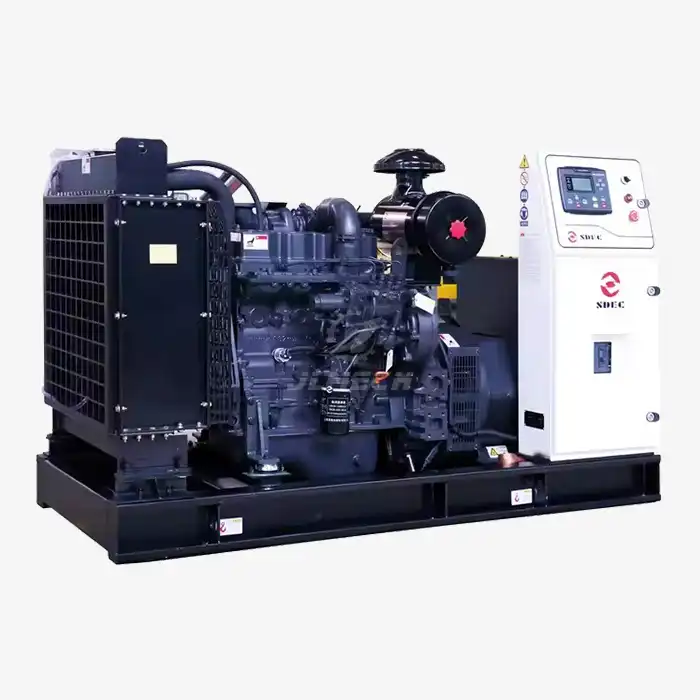How to deal with the generator after it loses excitation?
For large diesel generators, not only loss-of-excitation protection but also out-of-step protection should be equipped, that is, the generator out-of-step protection.
Low excitation and loss of excitation are common fault modes of generators. The main reasons for low excitation and loss of excitation are the failure of components in the excitation circuit, the failure of the automatic excitation regulation device, improper operation, or system accidents.

The hazards of loss of excitation are mainly manifested in the following aspects:
1) A generator with low excitation or loss of excitation absorbs reactive power from the power system, causing the voltage of the power system to drop. If the voltage drop is too large, it may lead to the collapse and disintegration of the power system voltage.
2) For large generator sets, after the loss of excitation, the system will supply a large amount of reactive current to it, which may cause the power system to oscillate.
3) After the loss of excitation, due to the occurrence of slip, a differential frequency current appears in the generator rotor circuit. The loss generated by the differential frequency current in the rotor circuit, if it exceeds the allowable value, will cause the rotor to overheat. Especially for large units with direct cooling and high utilization rate, the margin of their heat capacity is relatively reduced, and the rotor is more likely to overheat. Moreover, the differential frequency current flowing through the surface layer of the rotor may also cause serious local overheating on the contact surfaces between the rotor body, the slot wedges, and the retaining rings.
4) After a generator with low excitation or loss of excitation enters asynchronous operation, the equivalent reactance of the generator observed from the machine terminal decreases, and the reactive power absorbed from the power system increases. The greater the active power carried before low excitation or loss of excitation, the greater the slip, the smaller the equivalent reactance, and the greater the reactive power absorbed. Therefore, after losing excitation and entering asynchronous operation under heavy load, if no measures are taken, the generator will cause the stator to overheat due to overcurrent.
5) For large steam turbine generators with direct cooling and high utilization rate, the maximum value of their average asynchronous torque is small, the inertia constant is also relatively reduced, and the rotor shows obvious asymmetry in the longitudinal and transverse axes. Due to these reasons, after losing excitation under heavy load, the torque and active power of this kind of generator will swing periodically. In this case, there will be a large electromagnetic torque that exceeds the rated value and changes periodically, and its maximum value may reach 4% - 5%, causing the generator to seriously overspeed periodically. These situations directly threaten the safety of the unit.
6) During low excitation or loss-of-excitation operation, the leakage magnetic flux at the stator end increases, which will cause the end and the edge core to overheat. In fact, this situation is usually the main condition limiting the asynchronous operation capability of the generator after losing excitation.
Handling of Generator Loss of Excitation
1) When the generator loses excitation and the loss-of-excitation protection should act, handle it according to the tripping of the generator-transformer unit switch.
2) If the loss-of-excitation protection does not act and it endangers the safe operation of the system and the station service power of the plant, immediately use the generator emergency disconnection switch (or reverse power protection) to disconnect the generator that has lost excitation in a timely manner, and pay attention to the successful automatic switching-on of the station service power. If the automatic switching-on is unsuccessful, handle it according to the relevant principles for handling station service power accidents.
3) While carrying out the above handling, try to increase the excitation current of other units that have not lost excitation as much as possible to improve the system voltage and stability capability.
Statement: The articles on the website are either originally created by Jlmech company (https://www.whjlmech.com) or reprinted from other self-media. When quoting or reprinting the content of this article, please indicate the source!



